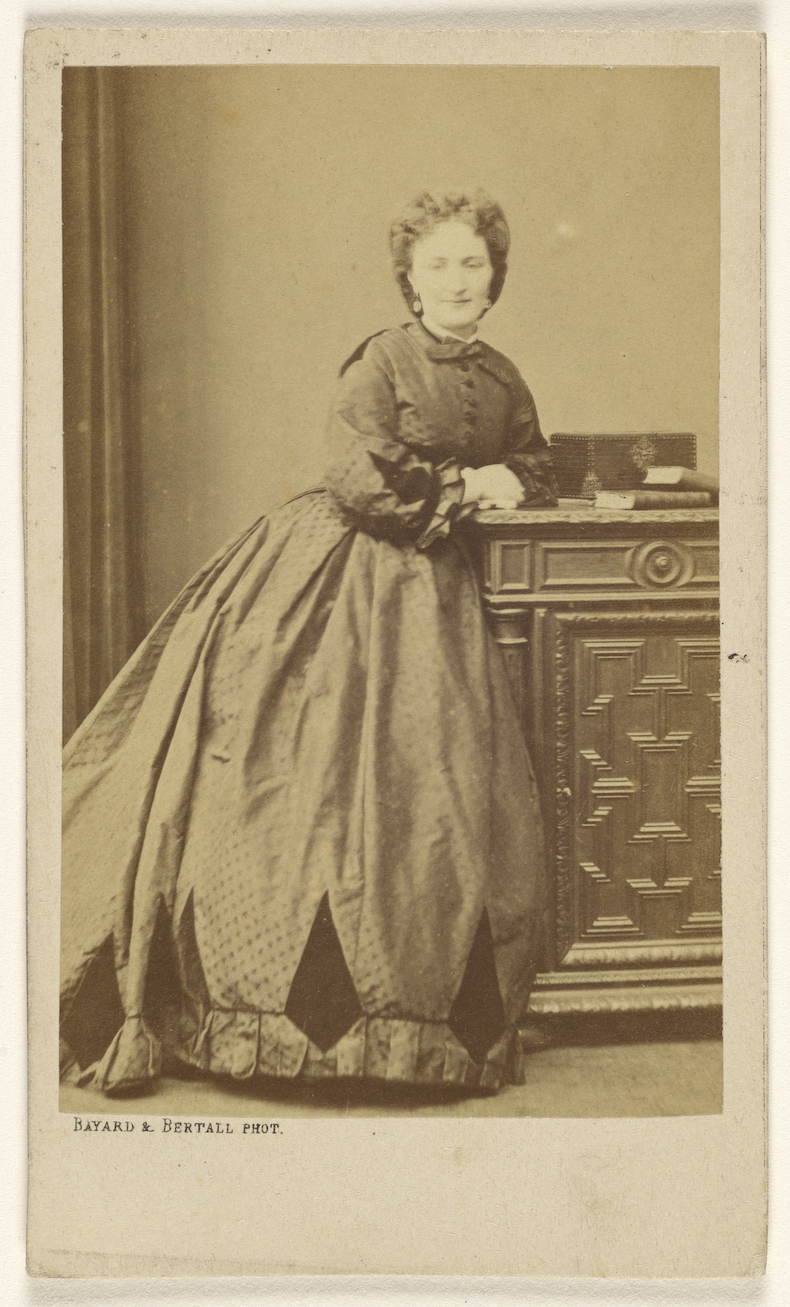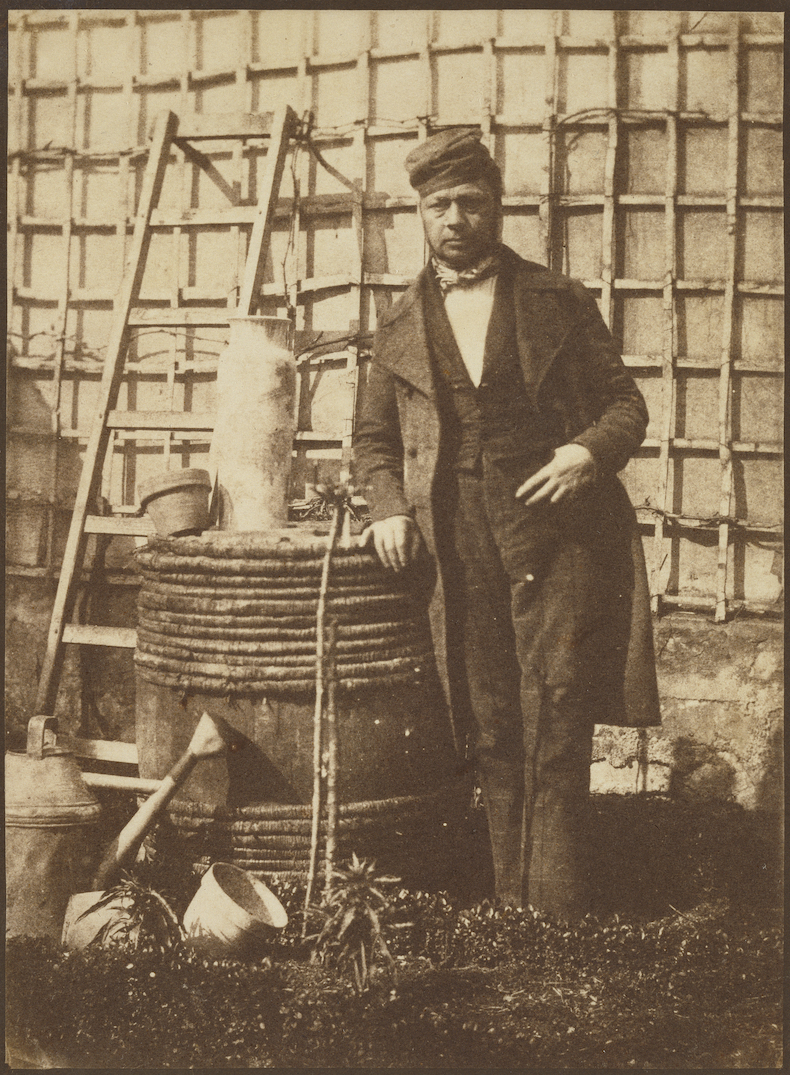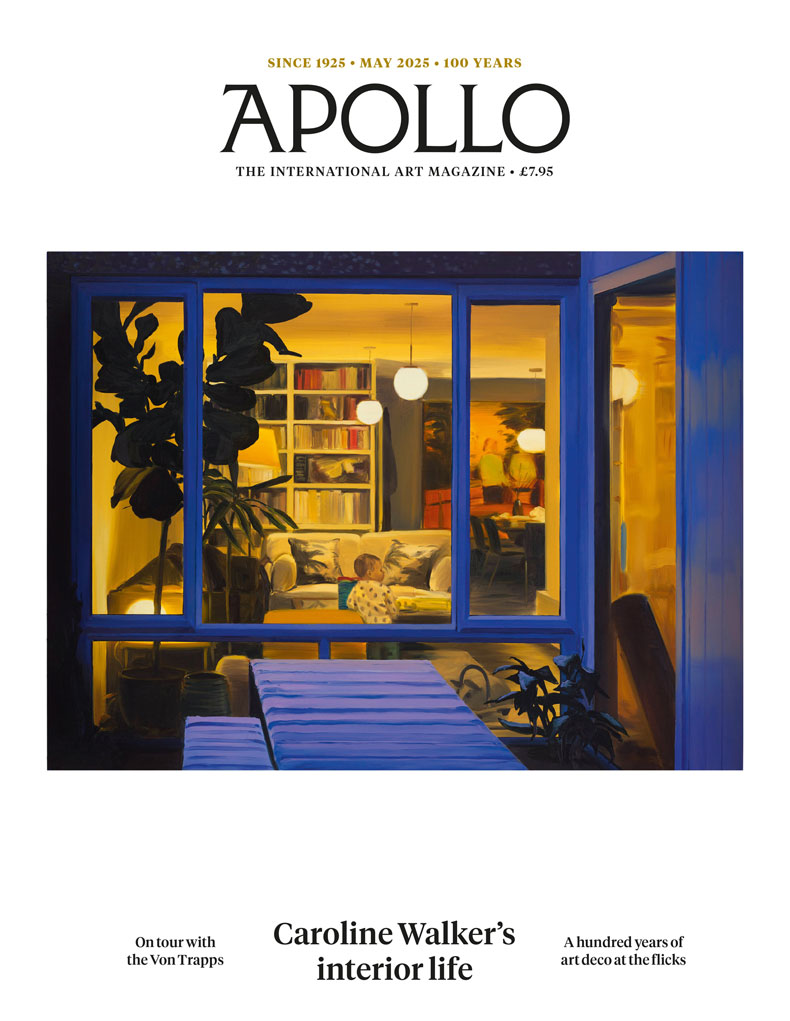Compared to other pioneers of photography, such as Louis Daguerre and William Henry Fox Talbot, Hippolyte Bayard has faded into obscurity. This is a particular injustice given the fact that Bayard was just as innovative, developing the direct positive process – which allows an image to be captured without a negative – in 1840, a year after the first daguerreotype was made (it would be another decade before the latter came into widespread use). Through a rare collection of his photographs, including the first staged photographic self-portraits, delicate cyanotypes and salt-print scenes, the Getty Center is celebrating the civil servant-turned-inventor who persevered despite minimal public recognition (9 April–7 July). Find out more from the Getty Center’s website.
Preview below | View Apollo’s Art Diary

Portrait of a Woman (c. 1861), Bayard & Bertall. J. Paul Getty Museum, Los Angeles

Three Feathers (1842–43), Hippolyte Bayard. J. Paul Getty Museum, Los Angeles

Self-Portrait in the Garden (1847), Hippolyte Bayard. J. Paul Getty Museum, Los Angeles














![Masterpiece [Re]discovery 2022. Photo: Ben Fisher Photography, courtesy of Masterpiece London](http://zephr.apollo-magazine.com/wp-content/uploads/2022/07/MPL2022_4263.jpg)
Suzanne Valadon’s shifting gaze